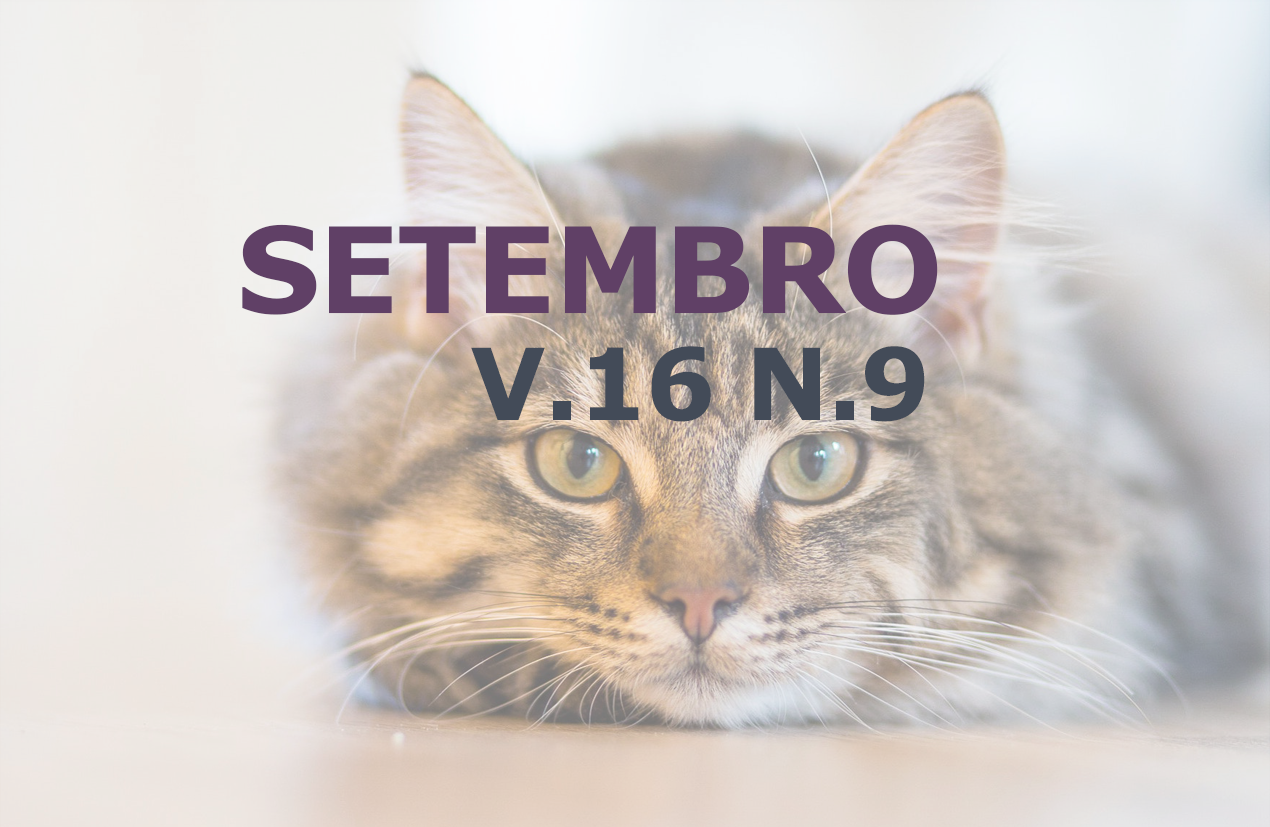Toxocara cati (zeder, 1800) wild felines on the mountainous region of Santa Catarina, Brazi
DOI:
https://doi.org/10.31533/pubvet.v16n09a1207.1-7Keywords:
Helminth fauna, conservation, carnivorous, felinesAbstract
Wild animals host a wide range of parasites that are agents of primary or opportunistic diseases. Studying wild animals' parasitology is essential since these animals are hosts and reservoirs, influencing the ecosystem and the natural and domestic environment. From August 2007 to 2012, seven adult wild felines were found dead on federal and state highways. Among them, there were three Puma concolor (two males and one female), two Leopardus tigrinus (one male and one female), and two Puma yagouaroundi (two males). P. concolor presented the highest rates (56.35%) of parasite infection (111 out of 197), followed by P. yagouaroundi accounting 22.34% (44 out of 197) and L. tigrinus, which presented 21.32% (42 out of 197). However, about the gender of these parasites, 55.84% (110 out of 197) T. cati were females, and 44.16% (87 out of 197) were males. The detection of ascarids in wild felines brings essential contributions for ecology, relationships between parasites, prey, and predators. These species need great extensions for their displacement and search of food and thus pose a threat to domestic carnivores, human health, and, above all, a severe threat to endangered felines such as those presented in this paper.
Downloads
Published
Issue
Section
License
Copyright (c) 2022 Rosiléia Marinho de Quadros, Jary André Carneiro Júnior, Carlos José Raupp Ramos

This work is licensed under a Creative Commons Attribution 4.0 International License.
Você tem o direito de:
Compartilhar — copiar e redistribuir o material em qualquer suporte ou formato
Adaptar — remixar, transformar, e criar a partir do material para qualquer fim, mesmo que comercial.
O licenciante não pode revogar estes direitos desde que você respeite os termos da licença. De acordo com os termos seguintes:
Atribuição
— Você deve dar o crédito apropriado, prover um link para a licença e indicar se mudanças foram feitas. Você deve fazê-lo em qualquer circunstância razoável, mas de nenhuma maneira que sugira que o licenciante apoia você ou o seu uso. Sem restrições adicionais
— Você não pode aplicar termos jurídicos ou medidas de caráter tecnológico que restrinjam legalmente outros de fazerem algo que a licença permita.





